Why Maths is Important to Me
by
Sarah Bird Hawera High School
Maths is an abstract science dealing with the concept of number, quantity and space, which makes it a rather difficult concept to explain the importance of.
In the grand scheme of things, I don’t know a lot about maths. I know how to do the basics. I can add, subtract, multiply, divide, do basic differentiation and integration, put numbers in formulas and work out the area for a two-dimensional shape.
I understand that maths is more than numbers. There are letters involved. And real-life situations to apply maths concepts to. Most of the time you will never need trigonometry in your life. Or algebra. But maths is everywhere and its importance to me and others cannot be ignored.
In calculus, we are taught the acronym DELSDEBT for optimisation problems. Finding the minimum or maximum values. For a long time, I have struggled with this concept, but I’m slowly starting to figure it out. It doesn’t always have to relate to just calculus equations either.
Draw a diagram – Be creative. Maths doesn’t always have to be formulas on a sheet and a long paragraph of information to be put directly in a calculator. It also shows that there are multiple ways to approach a problem and taking the time to draw gives you time to think about the problem.
Equations are formed – Start to put the information together in a logical manner. Find the pieces of the puzzle. Put the things that need to go together, together. Its relevant information finding. Reading the question (somehow the easiest, yet hardest thing to do in solving a problem).
Link equations- Start to put the pieces together. All the equations into one to limit the number of variables. It makes things simpler. This step is sometimes not even necessary. Not all steps are.
Substitute – There is the beginning of the solution. All relevant pieces of information are almost in place. It’s delegating what numbers go where in the problem. For a real-life problem, who does what tasks and what their tasks are.
Differentiated- This is the part of calculus where you actually differentiate the equations. There is now a direct plan on how to solve the problem. It’s also the step you need to get at least an achieved for the question in the NCEA Differentiation paper. Sometimes this is the step you need to get to and you can’t go any further. You may need more help. And if you carry on and fail the rest, at least you know you got something of the problem right.
Equate to zero- Find the values to find the maximum or minimum. Using more information to solve the problem. Last minute organisation of activities. The frantic panic of finishing internals or homework assignments when they are not yet finished, yet are so close to being complete.
Back substitute- This is where you find the maximum or minimum. The actual solution to the problem. What is the actual answer?
Test you have answered the question – If you have taken the time to follow this whole process, you might as well check you have the right answer and answered what the question asked. There is no point in answering 8 to 2+4. Double check everything is done.
Then you can let out a sigh of relief knowing that you have done everything in your power to solve the problem. As mentioned before, the problem doesn’t always have to be maths.
Maths is important to me, because there is a process that goes along with it. Yes, you can put numbers in a formula, get the right answer and you will successful with it. But sometimes you put numbers in a formula and still have absolutely no idea what you are doing and what the point of it all is. If there is process and order to how you approach a situation, it is a lot easier to find out where you went wrong, how you can improve things and what actually went alright.
Maths doesn’t always have the answers, but it’s a good way to start finding some. It will tell you whether you were right or wrong. And it might even point you in the direction of the right answer.



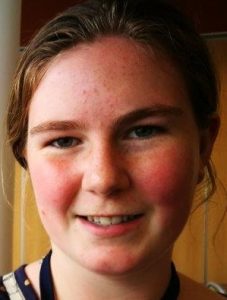
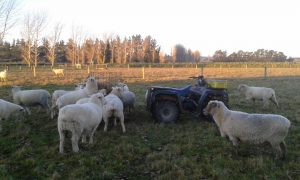

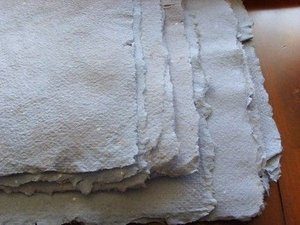




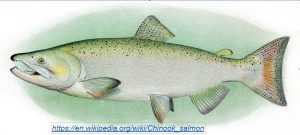
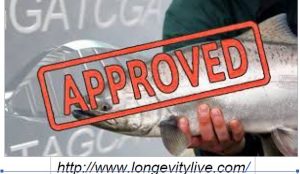


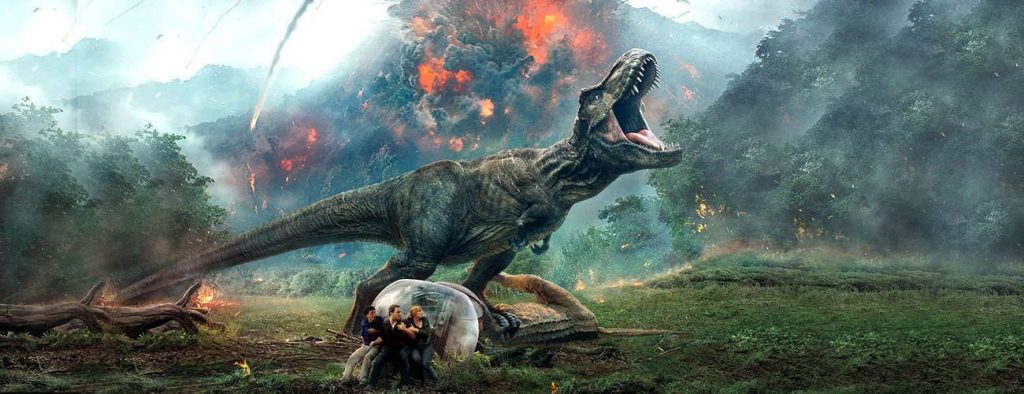
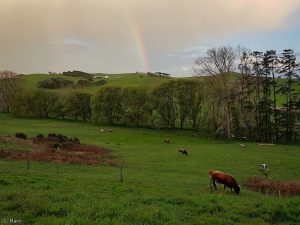
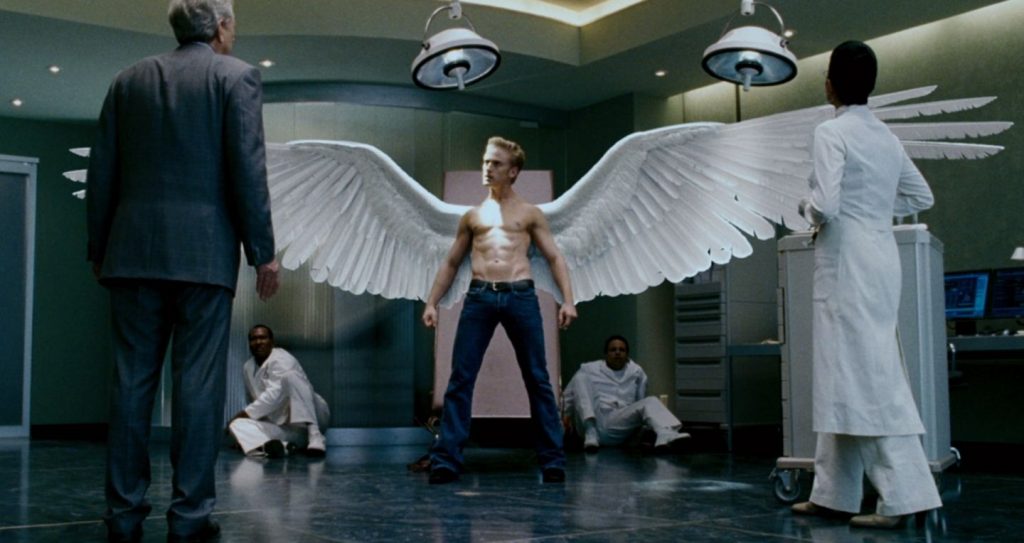
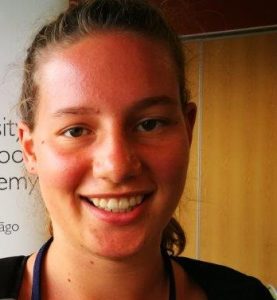
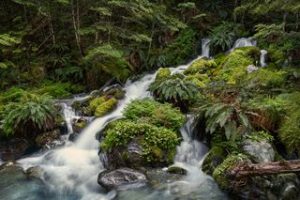
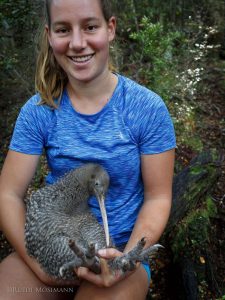
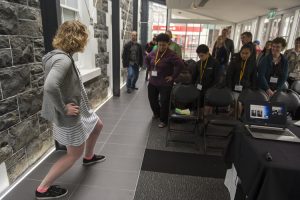








Recent Comments